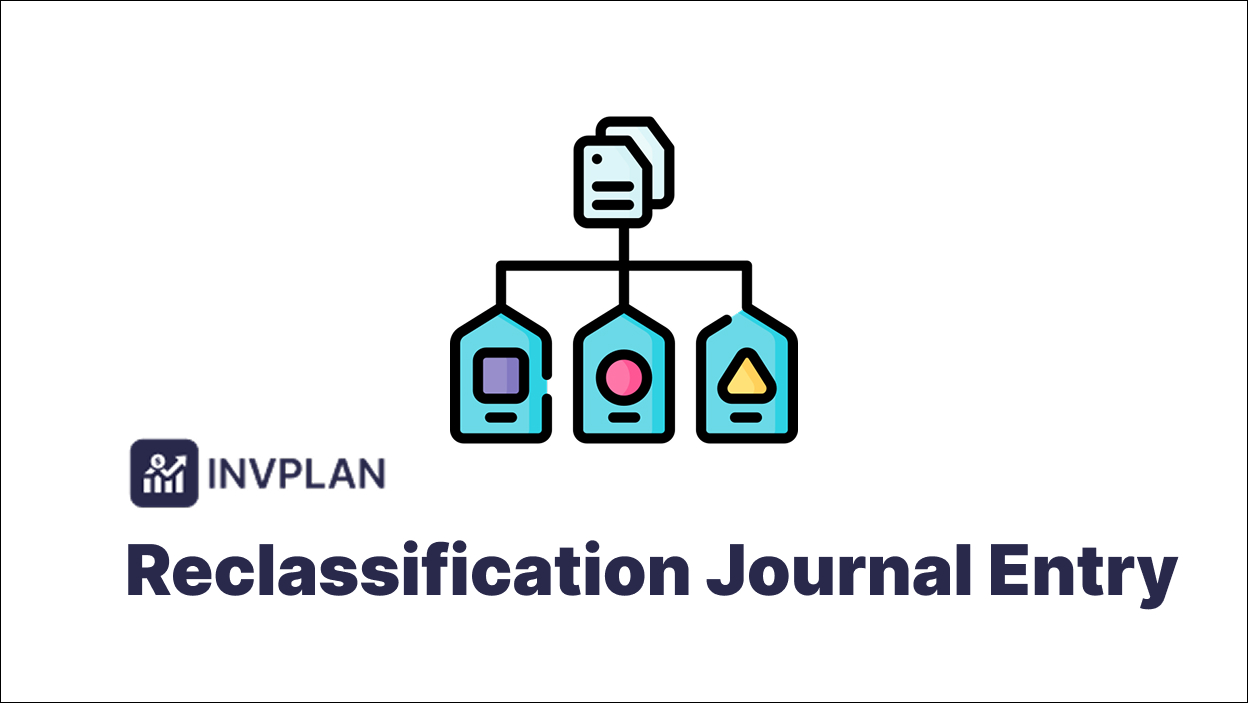A transfer journal entry moves funds between accounts in accounting. This process makes sure from the accuracy of financial records. It is important to maintain financial integrity.
In this article, we will cover the following topics:
- Transfer journal entry definition.
- Recording process
- Examples
- Differences from other entries.
Let’s get started with the definition.
What is a Transfer Journal Entry?
A transfer journal entry reallocates funds between accounts within an organization’s financial records. This internal process makes sure that expenses and revenues are accurately assigned. It also maintains precise financial reporting.
Here are many situations you may use transfer journal entries:
- A transfer journal entry moves the funds to the correct account If an amount is mistakenly recorded in the wrong account.
- It transfers portions of the expense to each relevant account. That is to make sure that the cost distribution is accurated when a shared expense benefits multiple departments.
- Transactions need reclassification for clarity.
- Departments may contribute funds to support initiatives in other departments. A transfer journal entry facilitates this internal funding.
In the following sections, you will learn the steps to properly document such transactions.
How to Record a Transfer Journal Entry
1- Identify the accounts:
You have to choose the two accounts that are affected by the transfer. One account will decrease in value (credit), and the other will increase (debit).
For example:
If you transfer funds from a savings account to a checking account, these are the two accounts involved.
2- Determine debit and credit entries:
You need to decide which account to debit and which to credit:
- The debit should be the account that receives the funds. In our example, the checking account.
- The credit is the account from which the funds are withdrawn. Here is the savings account.
3- Prepare the journal entry:
Then, you have to document the transaction with the following details:
- Date
- Accounts
- Amounts
- Description
Here is an example:
| Date | Account | Debit ($) | Credit ($) |
|---|---|---|---|
| 2025-03-08 | Checking Account | 1,000 | |
| Savings Account | 1,000 | ||
| Transfer funds from savings to checking for upcoming expenses. |
4- Review and post the entry:
You have to review it for accuracy after preparing the journal entry. And then make sure that the debit and credit amounts are equal and that the accounts and descriptions are correct. Then, post the entry to your accounting system.
Let’s see examples in the following section.
Examples
Example 1: A company transfers $5,000 from its Savings Account to its Checking Account.
Journal Entry:
| Date | Account | Debit ($) | Credit ($) |
|---|---|---|---|
| 2025-03-08 | Checking Account | 5,000 | |
| Savings Account | 5,000 | ||
| Transfer of funds from Savings to Checking. |
Ledger Postings:
Checking Account Ledger:
| Date | Description | Debit ($) | Credit ($) | Balance ($) |
|---|---|---|---|---|
| 2025-03-08 | Transfer from Savings | 5,000 | 5,000 |
Savings Account Ledger:
| Date | Description | Debit ($) | Credit ($) | Balance ($) |
|---|---|---|---|---|
| 2025-03-08 | Transfer to Checking | 5,000 | (5,000) |
Example 2: An organization allocates $2,000 of utility expenses from the Administration Department to the Operations Department.
Journal Entry:
| Date | Account | Debit ($) | Credit ($) |
|---|---|---|---|
| 2025-03-08 | Utilities Expense – Operations | 2,000 | |
| Utilities Expense – Administration | 2,000 | ||
| Allocation of utility expenses between departments. |
Ledger Postings:
Utilities Expense – Operations Ledger:
| Date | Description | Debit ($) | Credit ($) | Balance ($) |
|---|---|---|---|---|
| 2025-03-08 | Expense Allocation from Administration | 2,000 | 2,000 |
Utilities Expense – Administration Ledger:
| Date | Description | Debit ($) | Credit ($) | Balance ($) |
|---|---|---|---|---|
| 2025-03-08 | Expense Allocation to Operations | 2,000 | (2,000) |
Example 3: Revenue of $3,500 was mistakenly recorded in the Service Revenue account instead of the Product Sales Revenue account.
Journal Entry:
| Date | Account | Debit ($) | Credit ($) |
|---|---|---|---|
| 2025-03-08 | Service Revenue | 3,500 | |
| Product Sales Revenue | 3,500 | ||
| Correction of revenue posting error. |
Ledger Postings:
Service Revenue Ledger:
| Date | Description | Debit ($) | Credit ($) | Balance ($) |
|---|---|---|---|---|
| 2025-03-08 | Correction to Product Sales Revenue | 3,500 | (3,500) |
Product Sales Revenue Ledger:
| Date | Description | Debit ($) | Credit ($) | Balance ($) |
|---|---|---|---|---|
| 2025-03-08 | Correction from Service Revenue | 3,500 | 3,500 |
Wrapping Up
Transfer journal entries help you do many things such as:
- Correct mistakes.
- Allocate shared expenses.
- Reclassify transactions.
- Manage internal funding between departments.
We also explained how to record it and gave you some real examples. These steps give you the ability to identify the affected accounts and determine debits and credits.
If you need more accounting tutorials, click here.
FAQ’s
What is a transfer journal entry?
When should I use a transfer journal entry?
- Funds are mistakenly recorded in the wrong account.
- Expenses need to be shared between departments.
- Transactions require reclassification for clarity.
- Departments need to support one another financially.



